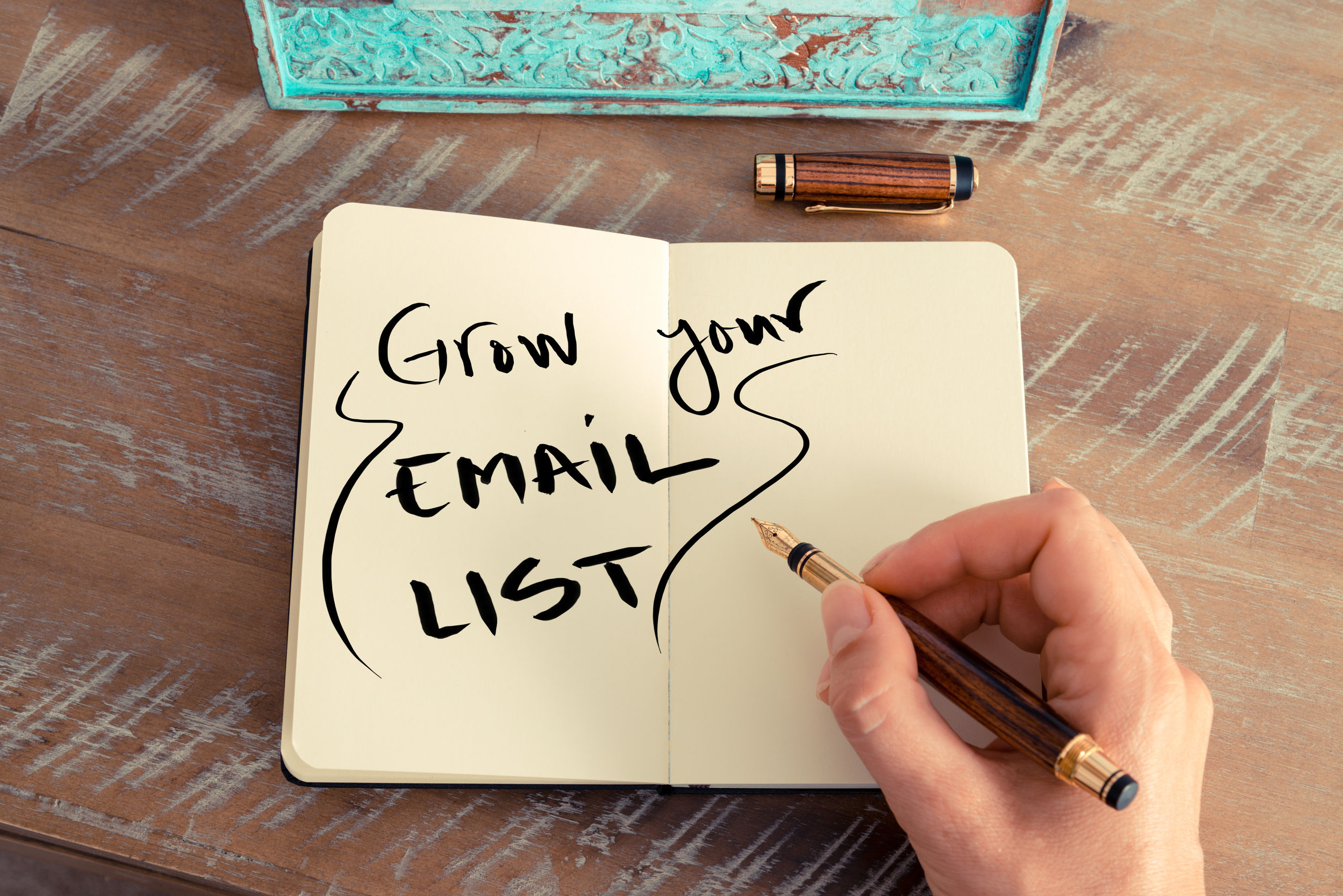When I first began practicing acupuncture I was so overwhelmed with all the details that creating an email list was far from my top priority . But things change over time and one day you may find yourself in a position of having some important things to say or promote to your list members. I wish I had known these tips 18 years ago when I first began treating clients. My list would be three times what it is today.
Email lists are vitally important to your practice for so many reasons…. many of which I am only just discovering. In this article I’ll try to inspire you to generate, organize, tag, and use your lists for a variety of reasons.
Your clinic master list is useful to have in times where you need to announce emergency closures, new schedules or practitioners, new locations or contact info, promotions and discounts for services, and much more. Many people use Facebook for this type of thing, and that’s good too, but there’s no substitute for a direct email into someone’s inbox. You can do these emails through a free marketing app like Mailchimp, or another type of fancy CRM. You can even use Gmail for this if you don’t want too many bells and whistles. There are many paid options like Convertkit, Campaign Monitor and ActiveCampaign. Have clients sign an email and communications consent form when doing new patient paperwork, and make sure that there is an unsubscribe link if you are doing a mass emailing. Never include any individual health information.
Now that I’ve been practicing for nearly 2 decades, my practice is transforming and new ways to bring in revenue are starting to become a major focus. It’s not that I don’t love treating patients, but I am increasingly more interested in generating passive income streams from the contacts I’ve made and from the gems I’ve learned along the way. My list has hundreds of members on it from many aspects of my clinical practice. I wish I had been categorizing and tagging my list along the way. My advice to you is create tags for your client types. For example create tags for fertility clients, pregnant clients, pain clients, nutritional interests, and so on. Make categories for your colleagues too and invite them to be subscribers on your list. This way if you have affiliate links to products, or articles that are about specific health issues, you can just target those sectors of your list. Creating relative content and sharing info that your specific types of clients will benefit from gives you credibility and the clients really appreciate having more resources. If you one day decide to develop an online course, ebook, or informational pamphlet, then you can deliver the content to the client types who need it.
It’s much easier to maintain a list than it is to catch up on data entry. And make it easy for your clients to join your list on their own. Put an opt-in link for your Mailchimp or other email subscription on your website, your Facebook page, and on the articles themselves in case they get circulated around to people who aren’t even your clients. If and when you start selling products, promoting your classes, or even something you never thought could happen, you’ll be happy you took the time to have an organized list.
Remember: Always respect your clients privacy and their choice to receive your emails and their choice to unsubscribe. Familiarize yourself with the laws about email marketing. Here’s a good article from Campaign Monitor. Always strive to deliver solutions and value to your clients. If your emails are informative, brief, and helpful and not too pushy or too frequent, you’ll have more success.





